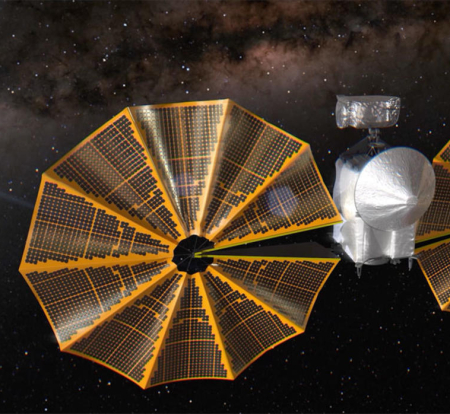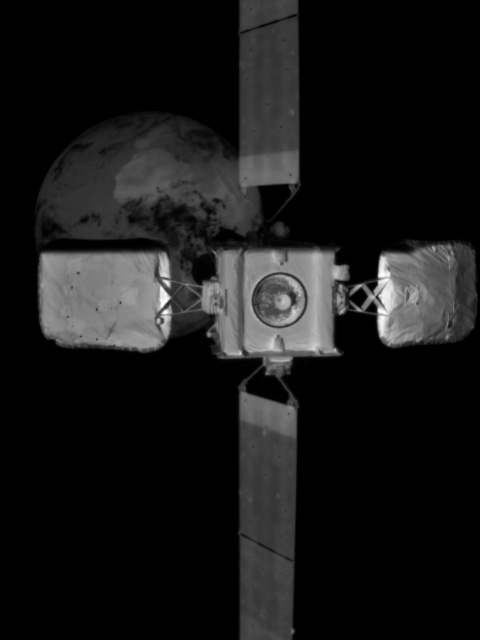One of two solar panels on Cygnus capsule fails to deploy
The failure of one of the two solar panels on Northrop Grumman’s Cygnus capsule to deploy today shortly after launch might cause some issues with getting the spacecraft docked to ISS.
Northrop Grumman has reported to NASA that Cygnus has sufficient power to rendezvous with the International Space Station on Wednesday, Nov. 9, to complete its primary mission, and NASA is assessing this and the configuration required for capture and berthing.
The capsule does not dock directly with the station, but is instead grabbed by a robot arm, which then brings it into its port. The grapple point that the arm uses is on the end where the solar panels are, with the docking port at the capsule’s other end. What is not presently clear is whether that point is blocked by the undeployed panel.
The failure of one of the two solar panels on Northrop Grumman’s Cygnus capsule to deploy today shortly after launch might cause some issues with getting the spacecraft docked to ISS.
Northrop Grumman has reported to NASA that Cygnus has sufficient power to rendezvous with the International Space Station on Wednesday, Nov. 9, to complete its primary mission, and NASA is assessing this and the configuration required for capture and berthing.
The capsule does not dock directly with the station, but is instead grabbed by a robot arm, which then brings it into its port. The grapple point that the arm uses is on the end where the solar panels are, with the docking port at the capsule’s other end. What is not presently clear is whether that point is blocked by the undeployed panel.


